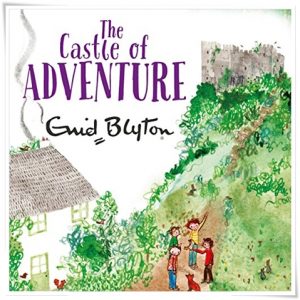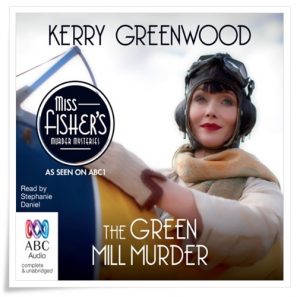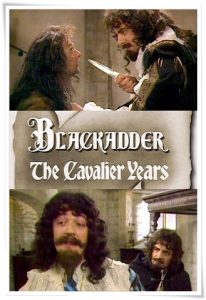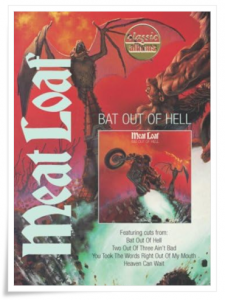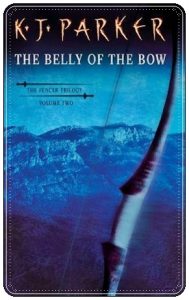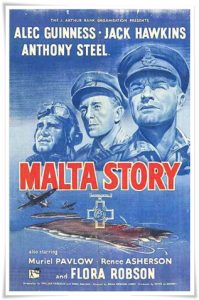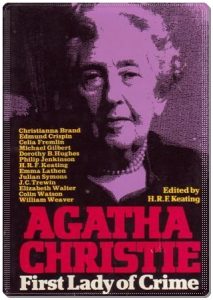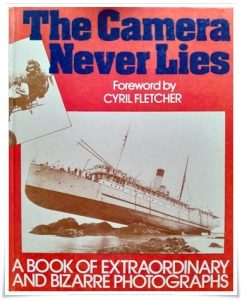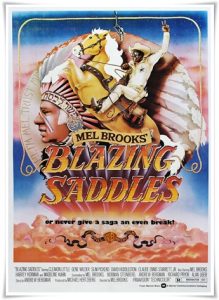The Castle of Adventure
by Enid Blyton (Macmillan, 1946)
audiobook read by Thomas Judd (Hodder, 2018)
Another jolly dose of supercilious British youngsters lording it over the world around them. (One wonders what is to become of Button the fox cub and the Gypsy girl Tassie.) Dinah and Lucy-Ann are particularly wet this book. Kiki remains a highlight.

